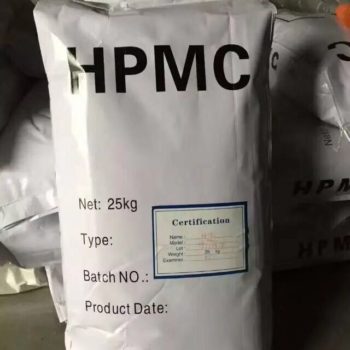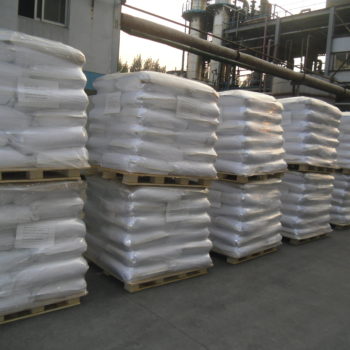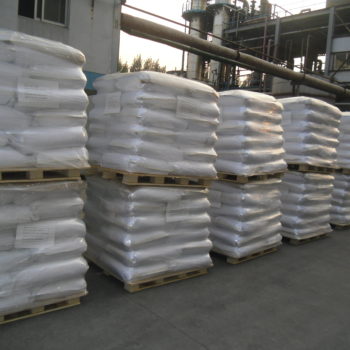What is Hydroxypropyl Methylcellulose in Hair Care Products?
Hydroxypropyl methylcellulose (HPMC) is a multifunctional compound widely used in various industries, including the hair care industry. It is a synthetic derivative of cellulose, a natural polymer found in plant cell walls. HPMC is valued for its ability to alter the rheological properties of solutions, improve formulation stability, and act as film formers.
1. Structure and properties of hydroxypropyl methylcellulose
HPMC is synthesized through chemical modification of cellulose, including the introduction of hydroxypropyl and methyl groups into the cellulose backbone. The degree of substitution (DS) of these groups can be controlled during the manufacturing process, allowing the production of HPMCs with different properties.
The hydroxypropyl group in HPMC contributes to its water solubility and film-forming ability, while the methyl group enhances its stability in solution. The resulting compounds possess a unique set of properties, such as high viscosity, excellent film-forming capabilities, and the ability to act as thickeners and gelling agents.
2. The role of hydroxypropyl methylcellulose in hair care products
Thickener:
HPMC is often used as a thickening agent in hair care formulations to give shampoos and conditioners the desired viscosity. This ensures that the product has the right consistency, spreads easily and adheres to the hair strands.

Film forming properties:
The film-forming ability of HPMC is essential in hair care products, helping to form a thin film on the surface of the hair. The film acts as a protective barrier, reducing moisture loss from the hair shaft and providing a smooth, conditioned texture.
stabilizer:
HPMC helps stabilize hair care formulations by preventing phase separation and maintaining product homogeneity. This is especially important with lotions like creams and lotions.
Enhance moisturizing:
Due to its film-forming properties, HPMC helps retain moisture within the hair cuticle. This is especially beneficial for people with dry or damaged hair, as it helps improve moisture and overall hair health.
Improve texture and smoothness:
In styling gels and mousses, HPMC enhances the product’s texture and provides a smooth, glide-on feel during application. This is appreciated by consumers and helps improve the overall user experience.
Controlled release of active ingredients:
Hair care products often contain active ingredients such as vitamins, antioxidants or conditioners. HPMC promotes the controlled release of these ingredients, ensuring long-lasting results on your hair.
pH stability:
HPMC has good pH stability, making it compatible with a variety of formulations. This versatility allows it to be used in a variety of hair care products without affecting the overall pH of the product.
Compatibility with other ingredients:
HPMC is compatible with many other ingredients commonly used in hair care formulations, including surfactants, emollients and conditioners. This compatibility helps improve the overall effectiveness of the formula.
Types of Hydroxypropyl Methylcellulose in Hair Care
Different types of HPMC can be used in hair care products, with the choice depending on factors such as desired viscosity, film-forming properties and the specific requirements of the formulation.
Some common types include:
High viscosity HPMC:
Suitable for thickening applications to provide a rich, luxurious texture to hair care products.
Low viscosity HPMC:
Use when a thinner consistency is required, such as in lightweight styling products like hairspray.
Alternative level:
HPMC has varying degrees of hydroxypropyl and methyl substitution, allowing properties to be tailored to specific formulation needs.
Considerations and challenges
While hydroxypropyl methylcellulose has many advantages in hair care formulations, it is important to consider
Potential challenges and limitations:
Biodegradability:
HPMC is a synthetic polymer and its biodegradability may vary depending on the specific grade and manufacturing process. Formulators may need to balance performance requirements with environmental considerations.
Compatibility with cationic ingredients:
Compatibility issues may arise in formulas containing cationic ingredients, such as certain conditioners. To ensure optimal performance, ingredients must be carefully selected and tested.
Formula stability:
The stability of formulations containing HPMC may be affected by factors such as temperature, pH, and the presence of other substances.
Hydroxypropyl methylcellulose plays a vital role in hair care product formulations, helping to improve their texture, stability and overall performance. Its versatility makes it a valuable ingredient in a variety of products, from shampoos and conditioners to styling gels and hairsprays. As the demand for innovative, effective hair care solutions continues to grow, HPMC may remain a key ingredient in formulations that meet the diverse needs of consumers.



